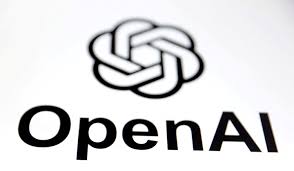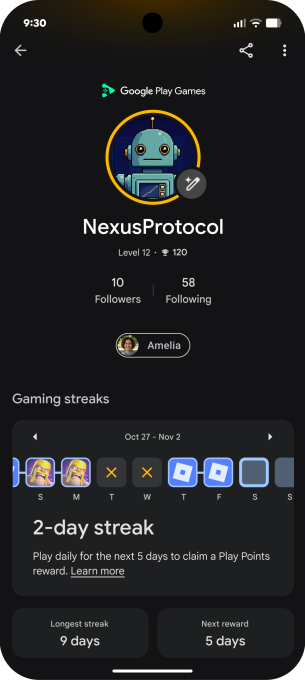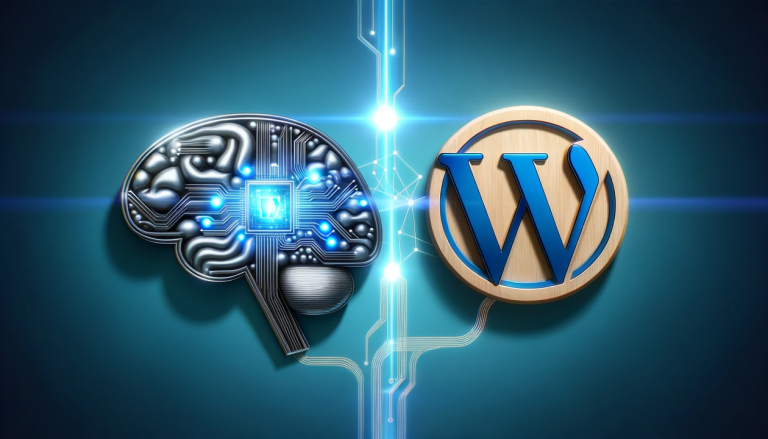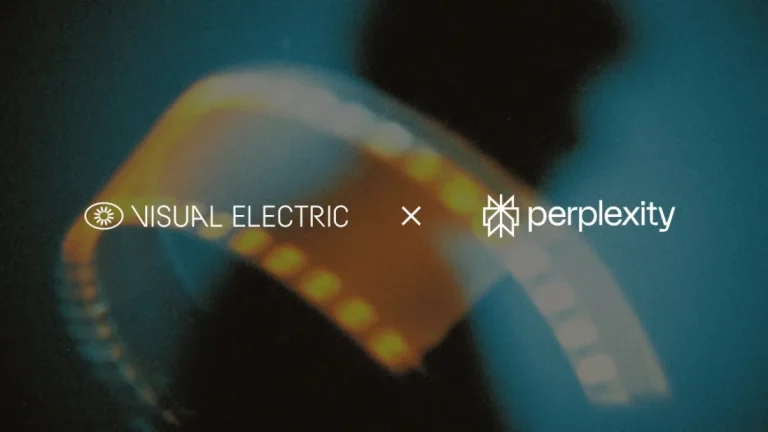
Let’s face it — AI in education is the kind of headline that sparks equal parts hope and anxiety.
On one side, you’ve got the promise of tailored learning, faster grading, inclusive tools, and classrooms that finally move beyond the one-size-fits-all model. On the other hand, you have a minefield of real concerns around privacy, equity, and ethics.
But here’s the truth: whether we’re ready or not, the AI era is knocking on the school door — and it’s not leaving anytime soon.
AI’s potential in the classroom isn’t theoretical anymore. It’s in the early tools that adjust pace for struggling learners. It’s in software that reads out content for students with disabilities. It’s in behind-the-scenes systems grading papers so teachers can actually teach. And it’s in national policies, like the recent US executive order, calling for AI-powered high-impact tutoring and accessible learning content.
But let’s not get caught up in the hype without asking the hard questions.
AI systems run on data. A lot of it. And that means student privacy and digital security aren’t optional — they’re foundational. We’re also up against algorithmic bias baked into training data, which could amplify existing inequalities if left unchecked.
And what about students without reliable internet or schools without the budget for new tech? If we’re not careful, AI could deepen the digital divide, not bridge it.
Here’s what’s essential: AI shouldn’t replace teachers. It should empower them. But that only works if teachers are equipped, supported, and trained, not left to figure it out alone. Right now, too many schools are rolling out AI tools without investing in the professional development teachers need to use them wisely.
AI isn’t a silver bullet. It’s a tool — and like any tool, its impact depends on how we use it, who has access, and what values we embed along the way.
The future of AI in education won’t be decided by tech alone. It’ll be shaped by humans — educators, students, parents, policymakers — choosing to get it right.







